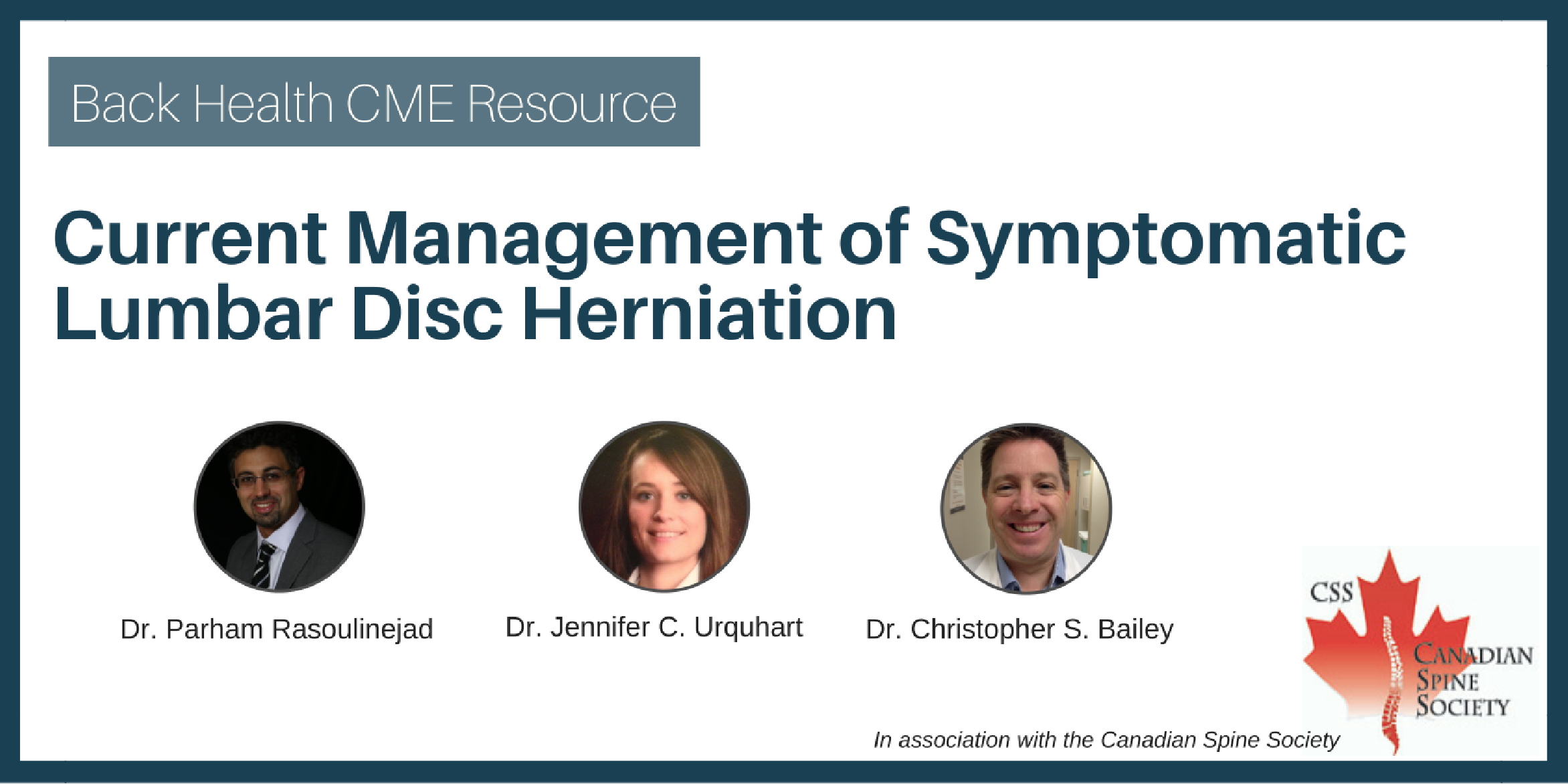1Orthopaedic Surgeon, Division of Orthopaedic Surgery, London Health Sciences Center, and Assistant Professor, Dept. of Surgery, University of Western Ontario, London, ON.
2Research Associate, Division of Orthopaedic Surgery, London Health Sciences Center, and Lawson Health Research Institute, London, ON.
3Orthopaedic Surgeon, Division of Orthopaedic Surgery, London Health Sciences Center, and Associate Professor, Dept. of Surgery, University of Western Ontario, London, ON.

